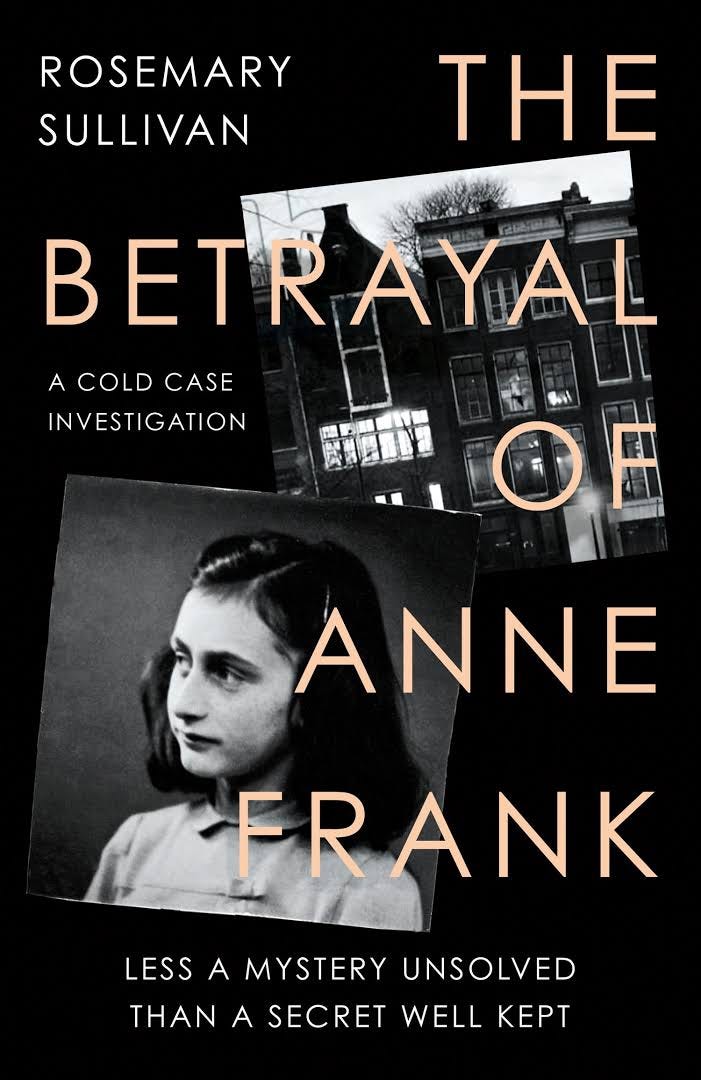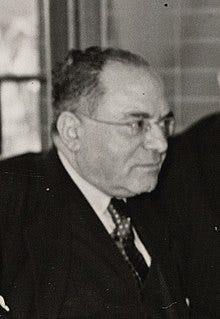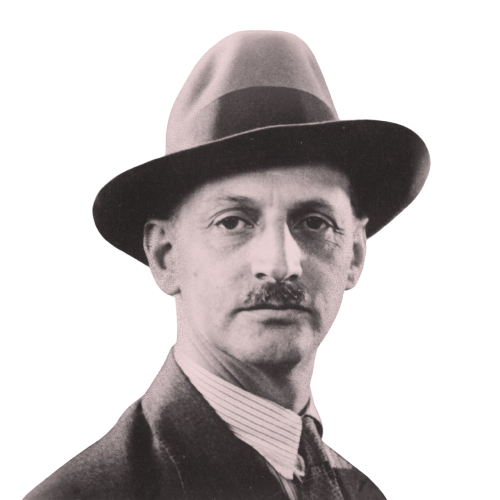 ho exactly betrayed Anne Frank by telling the Nazis about her hideout has been a mystery for the last 80 years. There have been many speculations that someone outside of the group of people who knew about their hideout had found out and sold them out. Other historians chose to believe that it was someone within their circle of non-Jewish friends who sold them out.
ho exactly betrayed Anne Frank by telling the Nazis about her hideout has been a mystery for the last 80 years. There have been many speculations that someone outside of the group of people who knew about their hideout had found out and sold them out. Other historians chose to believe that it was someone within their circle of non-Jewish friends who sold them out.
During World War II, Anne Frank hid from Nazi persecution with her family and four other people in hidden rooms at the rear of the 17th-century canal house, known as the Secret Annex. This is where Anne started writing her famous diary in which she writes her two years living in this secret annex and the last few months of her life within a concentration camp.
Ex-FBI agent on the case

In a book that had been published on the 18th of January 2022 by Rosemary Sullivan, entitled “The Betrayal of Anne Frank: A Cold Case Investigation”, there is a sound explanation of whom may have sold out Anne Frank’s family and why. The book had received a lot of attention since its publication and yet there are many historians who despite the evidence, think otherwise.
The author presents new research done by a team made up of various historians and one ex-FBI agent which had spent the last six years trying to find out who the betrayer was. Interestingly enough, the author says that from the files analyzed by the team, they had found anonymous notes sent to Otto Frank (Anne’s father) by the betrayer who tried to explain himself.
Otto Frank was the only one from the Frank family as well as from the hideout who survived the Holocaust. It turns out that the note was from Arnold van den Bergh who was a Jewish notary well known by Otto, making Arnold van den Bergh the betrayer.

Due to the fact that van den Bergh was also Jewish, he was most likely forced by the Nazis to unveil Frank’s family location. The experts assume based on the tactics used by the Nazis that it was either van den Bergh’s family or Franks. Taking into consideration that van den Bergh also survived the Holocaust, it makes it seem very plausible that his family was spared for selling the Franks to the Nazis.
From the research, there have been accounts found that show Arnold van den Bergh had done business with the Nazis before. He sold works of art to prominent Nazis such as Hermann Goring and other Nazi officials who had an interest in art. Once again, just like every Jewish person, he was probably pushed to make such business. It was not for his gain, but for the Nazi’s gain. The only gain for him was to protect his as well as his family’s life.

More information that would clarify the situation is hard to get as Arnold van den Bergh died in 1950 from health complications. Curious is why hasn’t Otto ever spoken about this incident or made it public. Experts from the research team believe that anti-Semitism may have been the main reason. Taking into consideration Otto’s personality presented in Anne Frank’s Diary, he seemed like the sort of person to shut up about it as the act was consumed.
His family was already dead and showing the world that he had known all along would have only brought more death, the death of the van den Bergh as a Jewish betrayer. It should be assumed that by the time Otto made up his mind, Arnold had died. Maybe their friendship goes back many years and this was done knowing that Otto would have done the same thing to save his family.
This is “Less a mystery unsolved than a secret well kept” is the subtitle of the book.
Historians disagree
There are more than a handful of historians who disagree that Arnold van den Bergh is the betrayer. The most common belief among historians within this field is that there was a Jewish person who sold them and most probably someone from the Jewish Council who had been feeding information to the Nazis long before Frank’s family was found.
Ronald Leopold, director of the Anne Frank House, praised the investigation but he also counseled against taking the findings as definitive:
“I have a great appreciation for the impressive work of the team, the research has been carefully carried out. A lot of new information has been found, sufficient reason to follow the trail of notary van den Bergh. The most special find is the copy of the note. But many puzzle pieces remain.” (Quote by Ronald Leopold)
In an article published by The Guardian, there are some arguments presented by various historians who disagree with this theory. I have done my fair share of research within the Holocaust field and in my opinion, the arguments are all over the place. Many of the arguments that are being made don’t have hard evidence to back them up, despite sounding more logical.
At the end of the day, the circle which knew about Frank’s hideout was quite small, so maybe it should not be so hard to figure out. As mentioned before, Otto Frank did not seem like the person to seek revenge. Let’s assume that he did not know who betrayed him and his family, wouldn’t you go look for the betrayer knowing you have lost everything? Maybe you would try to live a new life and leave the past behind.
Most of the records have been burned by the Nazis so it is really difficult to find all the right documents which would complete the puzzle. This is a theory that I accept thus far until new documents are discovered. Let me know your thoughts in the comment section.
Avid Writer with invaluable knowledge of Humanity!
Upcoming historian with over 30 million views online.
“You make your own life.”





